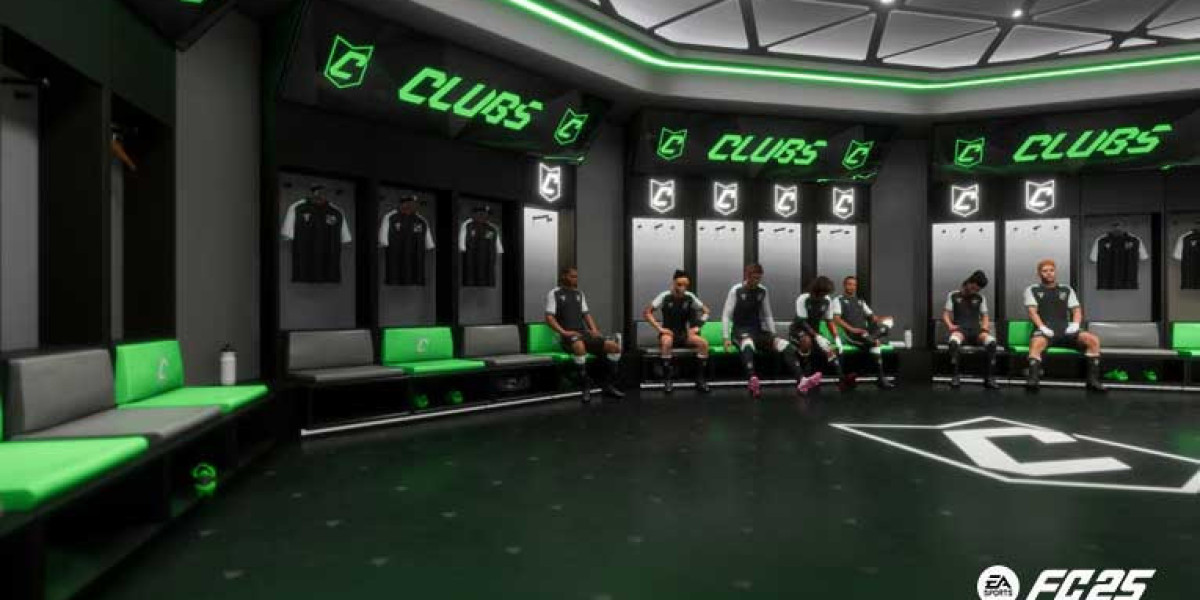Unlocking Vivid Colors: Discover the Game-Changing Benefits of IPS Panel Monitors!
In the ever-evolving world of display technology, IPS panel monitors have emerged as a favorite among users who prioritize color accuracy and wide viewing angles. IPS, which stands for In-Plane Switching, represents a significant advancement over traditional monitor technologies such as TN (Twisted Nematic) and VA (Vertical Alignment). While TN panels are often lauded for their fast response times and low cost, they fall short in delivering the vibrant colors and viewing flexibility that IPS panels provide. This article will delve into the features and benefits of IPS panel monitors, illustrating why they are increasingly becoming the go-to choice for graphic designers, photographers, gamers, and general users alike.

Understanding IPS Panel Technology
IPS technology stands out due to its unique panel structure, which allows liquid crystals to move in a parallel direction. This design results in superior color reproduction compared to TN and VA panels. TN panels often suffer from limited color accuracy and narrow viewing angles, making them less ideal for tasks that require precision. VA panels, while offering better contrast ratios, still cannot match the color consistency that IPS panels provide. The performance of IPS monitors is especially evident when viewing images or videos that demand rich color fidelity and a stable display across different angles. This makes IPS technology a preferred choice for professionals who require a true-to-life representation of their work.
Vivid Color Reproduction
One of the standout features of IPS panel monitors is their ability to reproduce colors with remarkable accuracy. This is particularly beneficial for graphic designers and photographers who rely on precise color matching for their work. Friends of mine who are professional photographers have switched to IPS monitors, citing the enhanced color depth and the ability to edit images with confidence that the colors they see on their screens will match printed output. Additionally, gamers have come to appreciate the vibrant visuals that IPS panels provide, elevating their gaming experiences by displaying richer colors and more detail, particularly in visually intensive games.
Improved Viewing Angles
Wide viewing angles are another hallmark of IPS technology, allowing users to enjoy consistent color and brightness levels from various positions. Unlike TN panels, which can distort colors when viewed from off-angles, IPS panels maintain their integrity, making them perfect for collaborative work or family movie nights. I recall a gathering at a friend's house where we watched a movie on an IPS monitor, and everyone seated at different angles could still enjoy the same vivid colors and details. This feature is particularly valuable for teams working together on design projects or anyone who wants to share their screen with others without compromising on quality.
Response Times and Refresh Rates
There is a common misconception that IPS monitors are not suitable for gaming due to slower response times compared to TN panels. However, advancements in IPS technology have significantly improved response rates, making modern IPS monitors a viable option for gamers. Many newer models boast refresh rates that rival those of TN panels, ensuring a smooth gaming experience without motion blur. My gaming buddies have found that the combination of fast refresh rates and stunning color reproduction provides an immersive experience that enhances gameplay, proving that IPS monitors can indeed hold their own in fast-paced environments.
Durability and Longevity
When investing in a monitor, durability is a key factor to consider. IPS panels are known for their resilience against image retention and fading over time, making them a smart choice for users who spend long hours in front of their screens. The technology behind IPS panels minimizes the risk of ghosting and burn-in, ensuring that the display remains vibrant and clear throughout its lifespan. Anecdotally, a friend who uses an IPS monitor for both work and leisure has noted that after years of use, the colors remain as bright as when it was first purchased. This longevity can make the initial investment in a high-quality IPS monitor worthwhile, especially for those who rely on their displays for professional tasks.
Summary of Benefits
In summary, IPS panel monitors offer a wealth of benefits that make them a compelling choice for a variety of applications, from design and photography to gaming and general use. Their superior color reproduction, wide viewing angles, and advancements in response times position them as one of the best options available in the market today. As technology continues to advance, the advantages of IPS panels will likely become even more pronounced, encouraging users to consider this technology when deciding on their next monitor. With the right IPS panel, users can unlock vivid colors and an enhanced viewing experience that truly brings their content to life.






